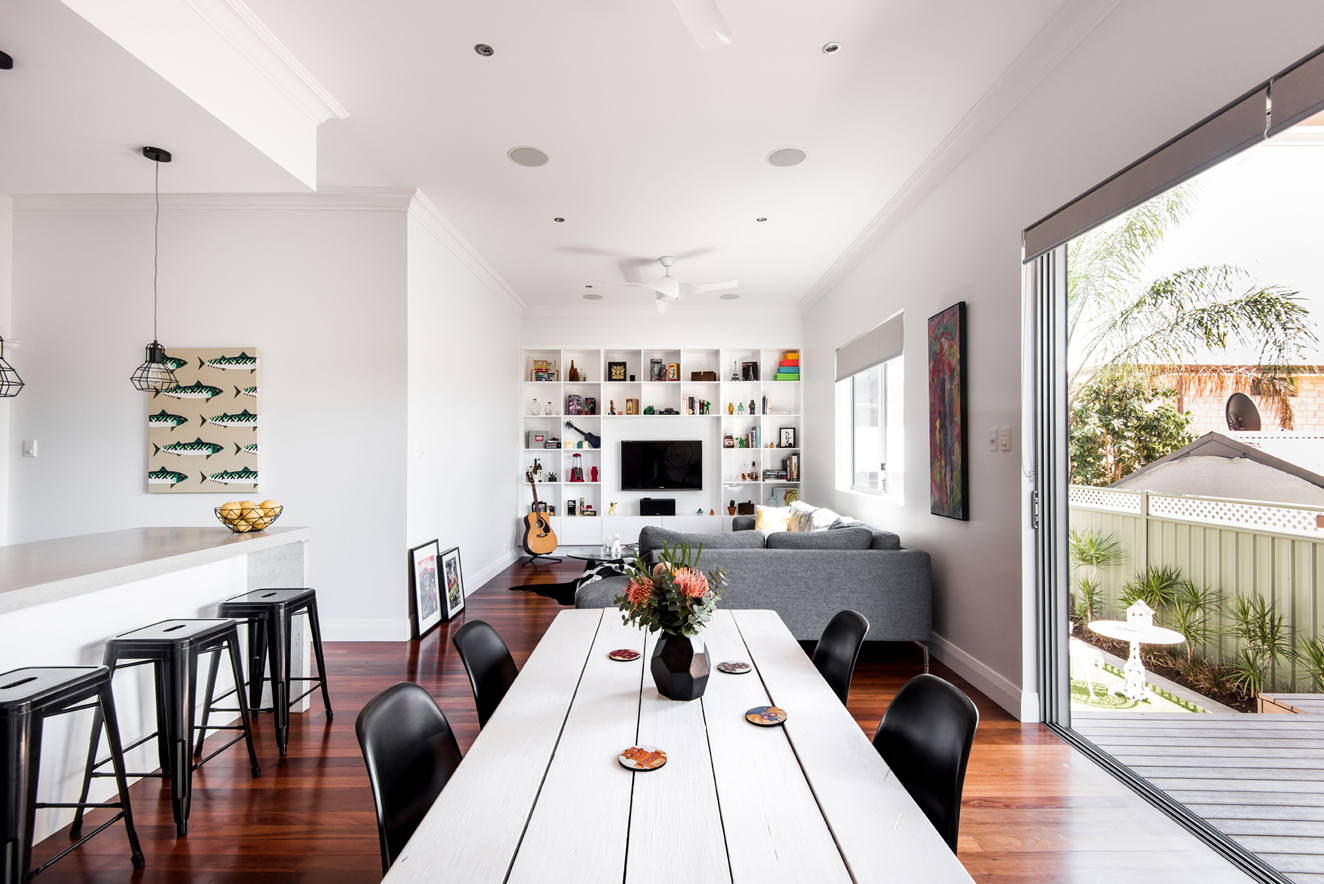
How do you choose between an architect, building designer and draftsperson? Carmelle Wilkinson finds out.
This article is an excerpt from the November 2016 edition of Luxury Lifestyle.
WHETHER you are building your dream home, renovating an existing property or working on a small extension project, the process of choosing an architect, building designer or draftsperson to help out with the drawings can be a daunting task.
Who do you choose and how do you decide? While the world of building design may be uncharted territory for many clients, it need not be overwhelming, thanks to advice from industry experts.
Building Designers Association of WA president Paul Wilson said generally an architect provides a full service, which includes contract management during construction with contractual authority to instruct and direct the builder, while traditionally a building designer is engaged for design and documentation services, leaving the client to manage the building contract.
“When a draftsperson is engaged for service, there is an expectation that design input is limited and the service required is for the production of documentation for authority approval, compliance and construction,” he said.
“In this instance, the client is providing the design input or engages a separate consultant for design expertise.’’
Ultimately, Mr Wilson said it depends on the nature of your project as to who you choose to go with.
“You cannot really say ‘for this type of project, use an architect, but for this type of project, use a building designer’,’’ he said.
“It is up to the client to choose a design professional they feel comfortable working with and who has demonstrated experience.”
Australian Institute of Architects president Philip Griffiths said as a general rule building designers and draftspeople were best suited to small projects typically under four storeys.
“Architects are also very good in this range of work,’’ he said.
“However, for bespoke projects and buildings over four storeys, there is no doubt that architects are best suited to the task, both in terms of design, co-ordination of other disciplines and contract administration.
“One of the key advantages of an architect-administered contract is that the architect remains the client’s agent throughout the construction process to oversee design quality, while also acting as an independent certifier in terms of payments and certification of completion.”
Maek Residences director Jon McComish has carved out a career delivering world-class projects in London, Perth and Singapore and said there was no black-and-white answer for deciding who the best person for the job was.
“I wish I could give you an answer that says for a certain situation you require a certain qualification, but it is just not that simple,’’ he said.
“The fact is there is not one single discipline that is capable of completing a building design for you.
“The collaboration of the relevant design disciplines required to complete a building design to building code is commonly referred to as the design team.
“This includes cost estimators, architects, building designers, architectural draftspersons, structural engineers, building surveyors and energy-efficiency consultants.”
Mr McComish said building design and technology was advancing at such a rate that the industry now had many specialists working in each facet of building and it was unrealistic for one individual alone to stay at the forefront of each aspect.
“As such, a collaborative design and construct process is becoming the preferred delivery model,” he said.
Mr Wilson said the success of a project relied on the design and documentation consultant being experienced and knowledgeable with the project brief.
“The critical question is for the client to decide on what they are seeking from the consultants they are engaging, then engaging the person that can bring those skills to the table,’’ he said.
“A client with a clear understanding of their expectations, a concise brief for the building to meet, and the standard of design they are seeking will allow the client to engage the right consultant for the project.”

Could a draftsperson work for you?
If your project is straightforward and doesn’t require complicated design, a good draftsperson may be all you need.
For example, if you are creating a new garage, an attic with a staircase, extending a room or adding an extra room to a house that already has a functional floor plan, you will save money using a draftsperson to design this, but do not expect a lot of advice or guidance.
“A draftsperson is trained to draft and not to design,” Australian Institute of Architects president Philip Griffiths said.
“Better draftsman can design and very good draftsman design quite well.
“On the other hand, an architect’s training is focussed on design, which is learnt over five years.”
If you are facing a difficult site, facing a problematic local council or have layout issues, it is better to go with a building designer or architect.
Hi there,
Would you like to receive home decor
ideas and DIY tips to your inbox?
Subscribe to our mailing list!

